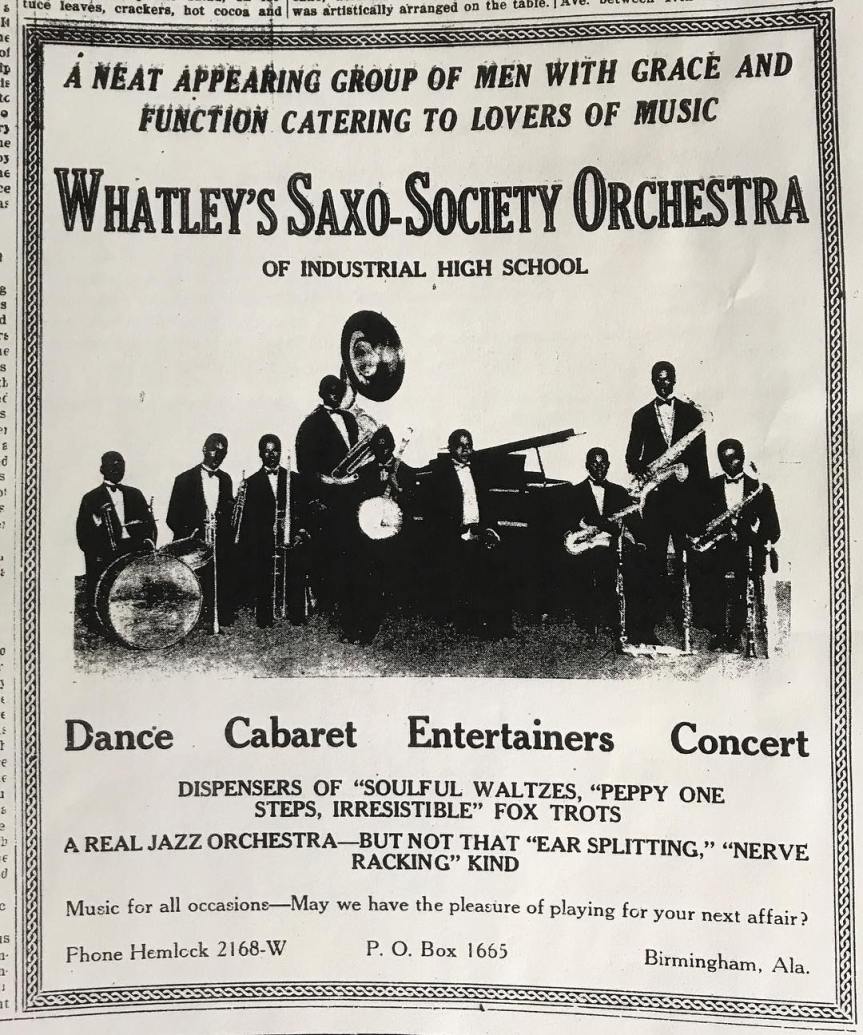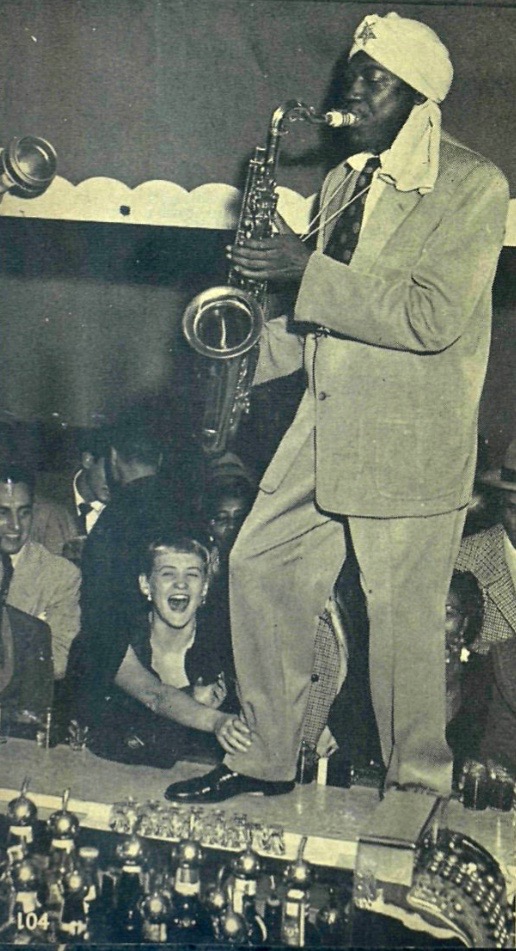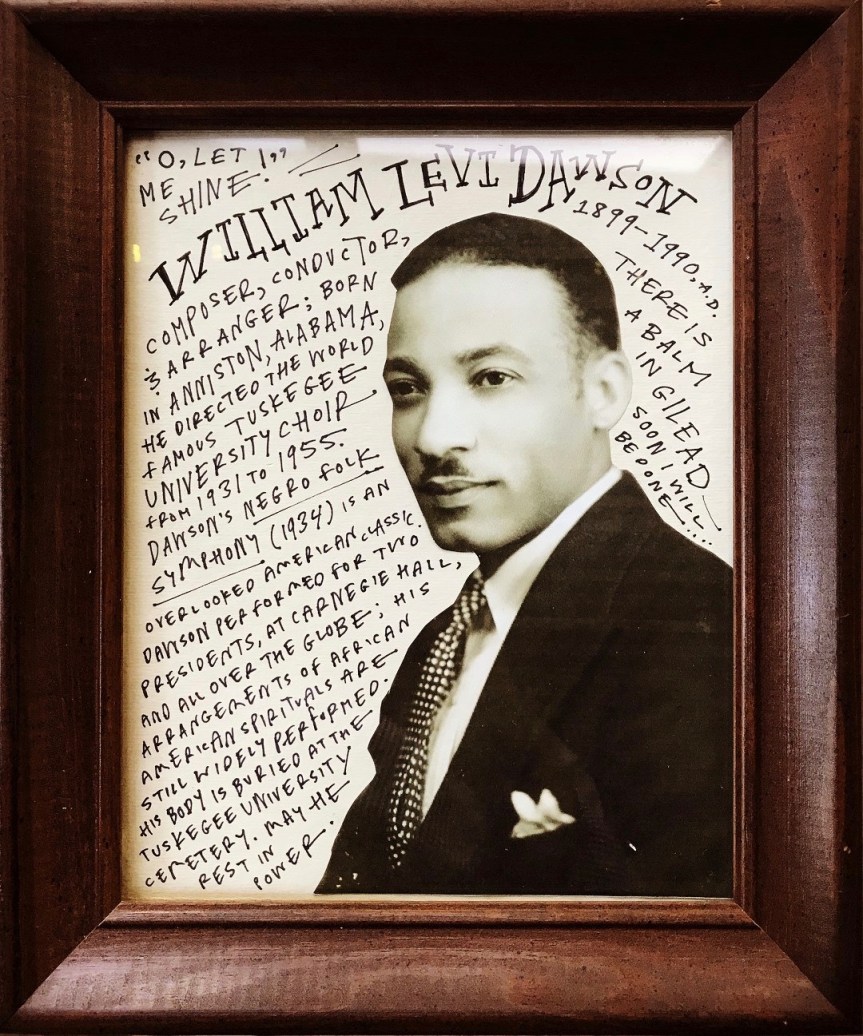Juliette Hampton Morgan, the latest in my Book of Ancestors (a work in progress):

Morgan is one of the many unsung heroes from behind the scenes of the Civil Rights Movement. Her story is inspiring and utterly tragic, her life one of the heartbreaking casualties of the era.
She grew up in Montgomery, Alabama, like me, but a couple of generations before I came along. For high school research papers, I spent time in the downtown library that’s named in her honor; I’d never noticed the library’s name, and I certainly never knew the story behind it.
There’s more fine print on this portrait than on most of my Book of Ancestors tributes; I wanted to get as much of this story on the page as I could fit, since there’s so much here to tell, so much that might otherwise be overlooked. So, here’s that fine print, in case you had trouble making it out, above:
Juliette Hampton Morgan (1914-1957): Montgomery Librarian & A Champion Of Justice * “One feels that history is being made in Montgomery these days…” – Letter to the editor, Montgomery Advertiser, Dec. 12, 1955. * A granddaughter of the Confederacy, born into Montgomery’s social elite – as an advocate for racial justice, she was vilified, shunned, and harassed. Morgan frequently protested injustice in letters to the editors of Alabama newspapers, she attended & organized interracial prayer meetings in Montgomery, and she argued for anti-lunching legislation, the elimination of the poll tax, and the end of segregation – all while friends & family abandoned her. “The cuts from old friends, the ringing telephone with anonymous voices, I know how it feels when butterflies in your stomach turn to buzzards.” In July of 1957, a cross was burned on her lawn; the next day she resigned from the library. That night, she took her own life. Today, the Montgomery central branch library is named in her honor. “The angels laid her away; may she rest forever in power.”
… And still, for lack of space, plenty more details had to be left out. There’s this: that white citizens of Montgomery demanded the library fire Morgan for her outspoken politics; and when the library refused — a notable stance, for that time and place — angry citizens burned their library cards in protest.
Think of that.
And there’s this: that Morgan suffered from panic attacks all her life and as a result couldn’t drive a car. Otherwise a woman of her social position wouldn’t have found herself relying daily on public transportation. But it was on those Montgomery buses, in the years leading up to that landmark boycott, that Morgan’s social consciousness found its essential cause. More than once, when she saw a black passenger mistreated, Morgan pulled the bus’s emergency brake and brought its wheels screaming to a halt. In one letter to the editor of the Montgomery Advertiser, she took care to single out by name the few white drivers who treated their black passengers well (Mr. Alton Courtney, Mr. Eliot I. Newman); then she turned her pen angrily toward the others, those drivers who hurled slurs and insults and took their black patrons’ money, then sent them to the back entrance of the bus, only to shut their doors and speed away.
She compared the protestors in Montgomery to Thoreau and to Gandhi.
Some old friends declared her insane.
One night during the boycott, Martin Luther King spoke to a meeting of the Council of Human Relations in Montgomery. Juliette Morgan sat that night with Virginia Durr: another white woman, another descendent of privilege, and another outspoken advocate for change. A member of the racist White Citizens Council infiltrated the meeting, and Morgan recognized the man.
“You know,” she told Durr, “I feel like somebody is pointing a gun at me.”
Dr. King remembered Morgan in Stride Toward Freedom, his account of the boycott. “Miss Juliette Morgan,” he wrote, “sensitive and frail, did not long survive the rejection and condemnation of the white community.” Because here’s, tragically, what happened in the end. For a while Morgan stayed her pen – the library said they’d stand by her, but finally asked her to lay low with the letters – until in 1957 she wrote the editor of the Tuscaloosa News. Attempts to integrate the University of Alabama, her own alma mater, had erupted in violence from the local white community. The News publicly editor denounced the violence, and Morgan commended his stance in a private letter — which, with her permission, he printed in the paper.
In Montgomery, the sky fell. Since the library wouldn’t fire her, the city of Montgomery reduced the library’s funding, by exactly Morgan’s salary. Things started happening fast, and the story veered to its gut-wrenching end. The Klan burned its cross in Morgan’s yard. Morgan resigned from the job she loved. Then she took her own life.
*
In 1963, at the height of the Civil Rights Movement, Pete Seeger brought to Carnegie Hall in New York a program of the songs that he’d learned and sung in the mass meetings and marches down South. As he led the audience through “We Shall Overcome,” he introduced the final verse like this:
“The best verse,” he said,
was made up down in Montgomery, Alabama.
It says, “We are not afraid.”
And here you and I up here,
like every human being in the world,
We have been afraid.
But you still sing it!
We are not afraid.
We are not afraid.
In that last, best verse, the familiar someday of the refrain becomes, powerfully, today — “We are not afraid, to-day” — and somehow in the singing the singer is transformed. Because in belting it out that we’re unafraid, in pretending aloud that we’re fearless, we gain power. We become what we say we are, for at least as long as we’re singing.
When I learned about Juliette Morgan, this verse — born in Montgomery, like her — came to my mind. Morgan’s story’s end is heartbreaking, because finally that fear caught up with her, the consequences of her courage became too much for her to bear.
But the end of her story will never change this: that her courage along the way was profound, her example a lesson for us all.
Because there’s no bravery whatsoever in not being afraid. Real bravery means being terribly afraid, and acting anyway like you’re not. Because courage isn’t the absence of fear; it’s how you live in fear’s presence.
My heart breaks that Juliette Hampton Morgan didn’t make it through. But I’m grateful for what she did, and for who she was, while she was here.
*
Note: Most of what I’ve learned so far about Juliette Hampton Morgan comes from her entry in the Encyclopedia of Alabama or from this article in the Montgomery Advertiser, which quotes one of her letters to the editor in full. The exchange with Virginia Durr appears in Durr’s autobiography, Outside the Magic Circle, and the MLK quote appears in Stride Toward Freedom. After writing the paragraphs above, I ordered a copy of Morgan’s biography, Journey Toward Justice, by Mary Stanton. I’m about thirty pages in, and it’s a fascinating read.














You must be logged in to post a comment.